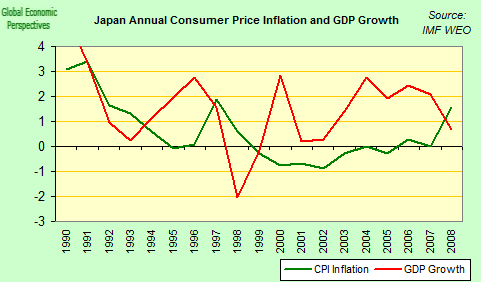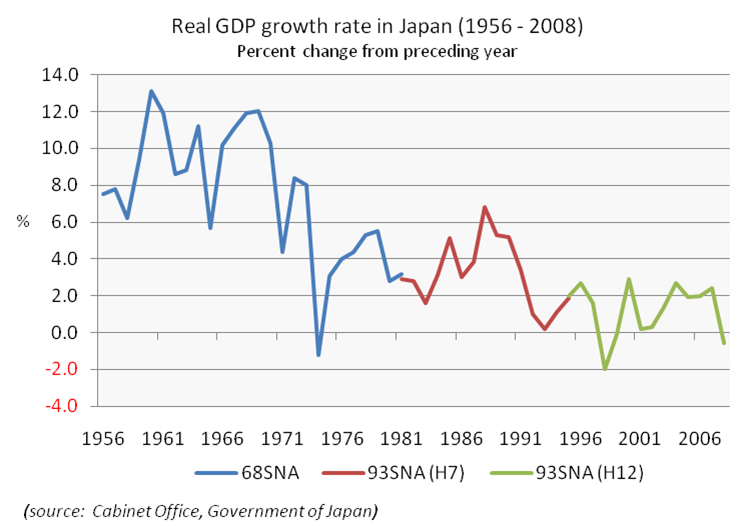Taxation in Japan is based primarily upon a national income tax and a residential tax based upon one's area of residence. A consumption tax (currently 5%) was introduced in 1989.
Income Tax Rates in Japan:
Individual income tax rates in Japan are progressive, up to 40%.
Taxable income (Yen) Tax Rate Deduction (Yen)
0 – 1,950,000 5%
1,950,000 – 3,300,000 10% 97,500
3,300,000 – 6,950,000 20% 427,500
6,950,000 – 9,000,000 23% 636,000
9,000,000 – 18,000,000 33% 1,536,000
Above 18,000,000 40% 2,796,000
While similarities between the taxation of companies and individuals do exist in Japan, the above refers largely to companies. Accordingly, outlined below are the basic rules and rates applicable to individuals. Given the complexity of this area, it is necessary to stress the need to seek professional advice. Non-resident taxpayers are taxed only on their Japanese source income. Non-permanent resident taxpayers are taxed on both Japanese source income plus that part of non-Japan source income that is paid in and/or remitted to Japan. A permanent resident taxpayer is taxed on his worldwide income.
Consumption Tax:
The Liberal Democratic Party government of Masayoshi Ohira had attempted to introduce a consumption tax in 1979. Ohira met a lot of opposition within his own party and gave up on his attempt after his party suffered badly in the 1979 election. Ten years later Noboru Takeshita successfully negotiated with politicians, bureaucrats, business and labor unions to introduce a consumption tax,which was introduced at a rate of 3% consumption tax in 1989.
In April 1997 under the government of Ryutaro Hashimoto it was increased to 5%. Shortly after the tax was introduced Japan fell into recession,which was blamed by some on the consumption tax increase.
The Democratic Party of Japan came to power in the August 2009 elections with a promise not to raise the consumption tax for four years. Despite an internal battle that saw former DPJ leader Ichiro Ozawa and many other DPJ diet members vote against the bill and then leave the party, in June 26 2012 the lower house of the Japanese diet passed a bill to double the tax to 10%.The new bill increases the tax to 8% by April 2014 and 10% by October 2015.


